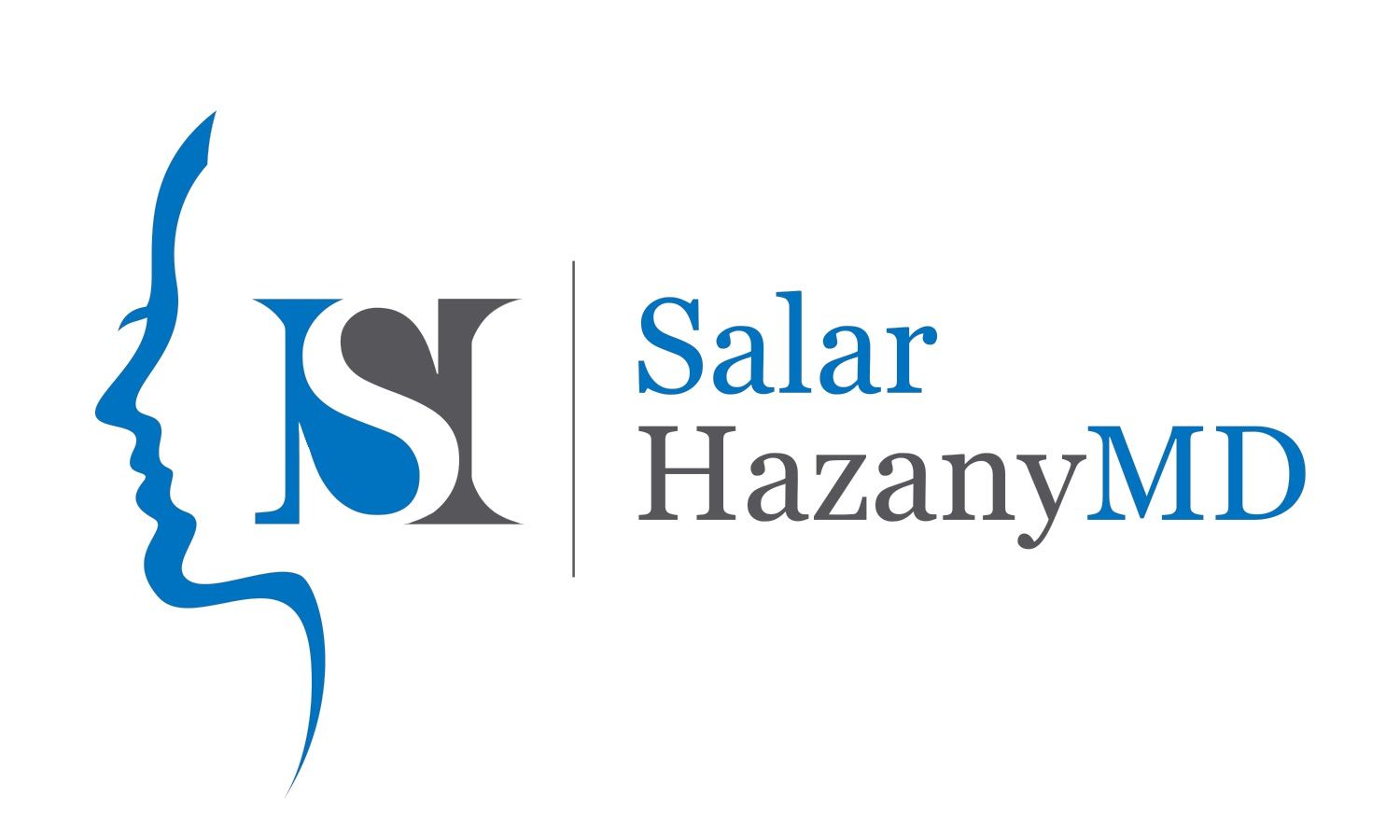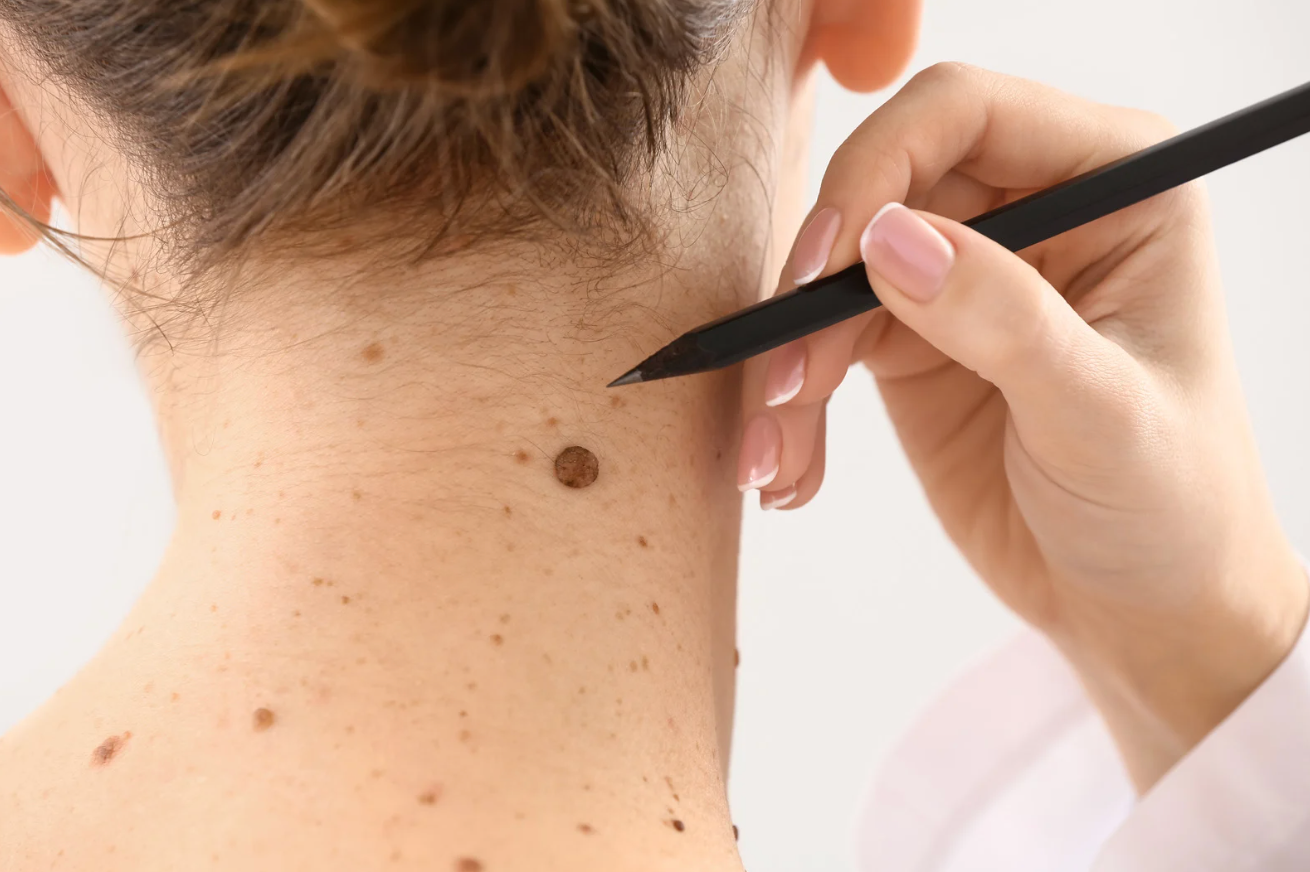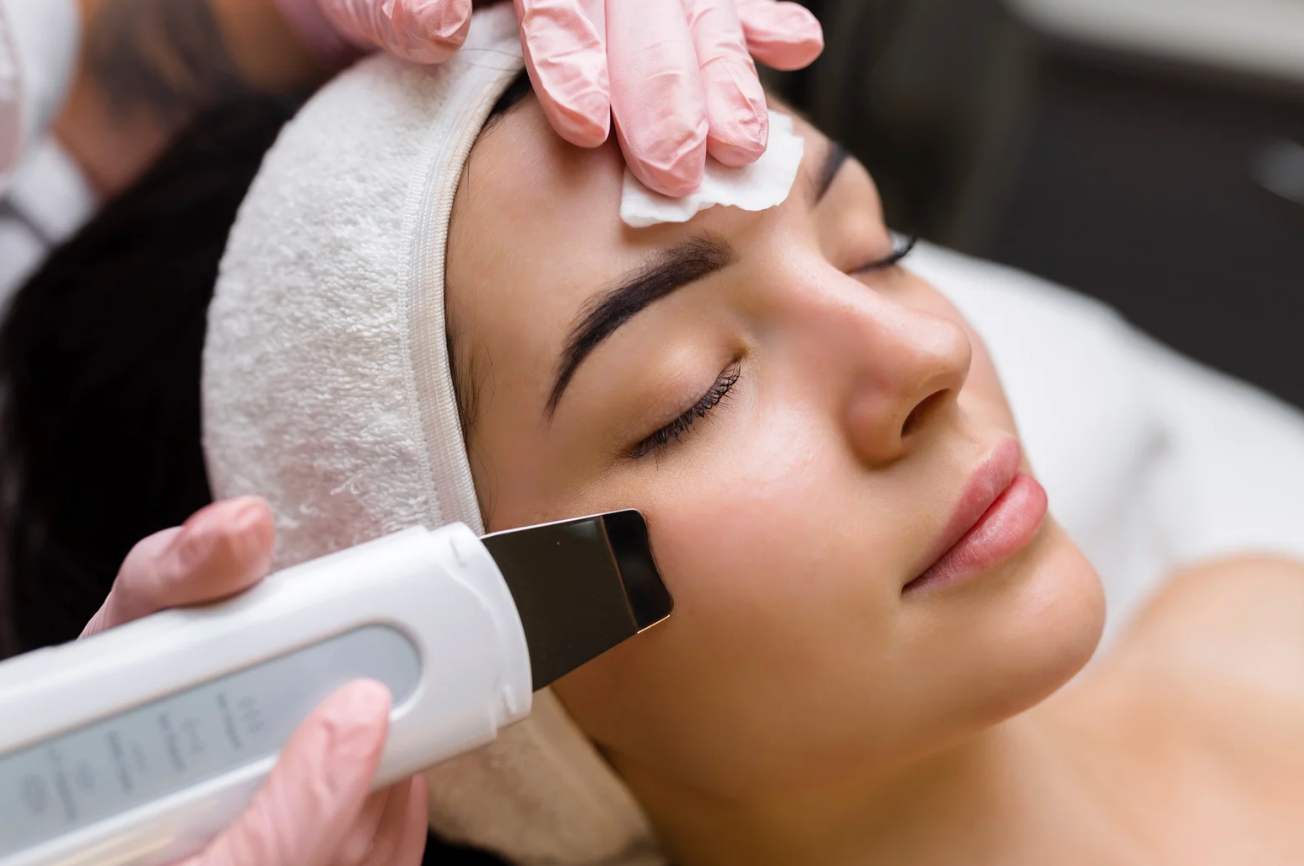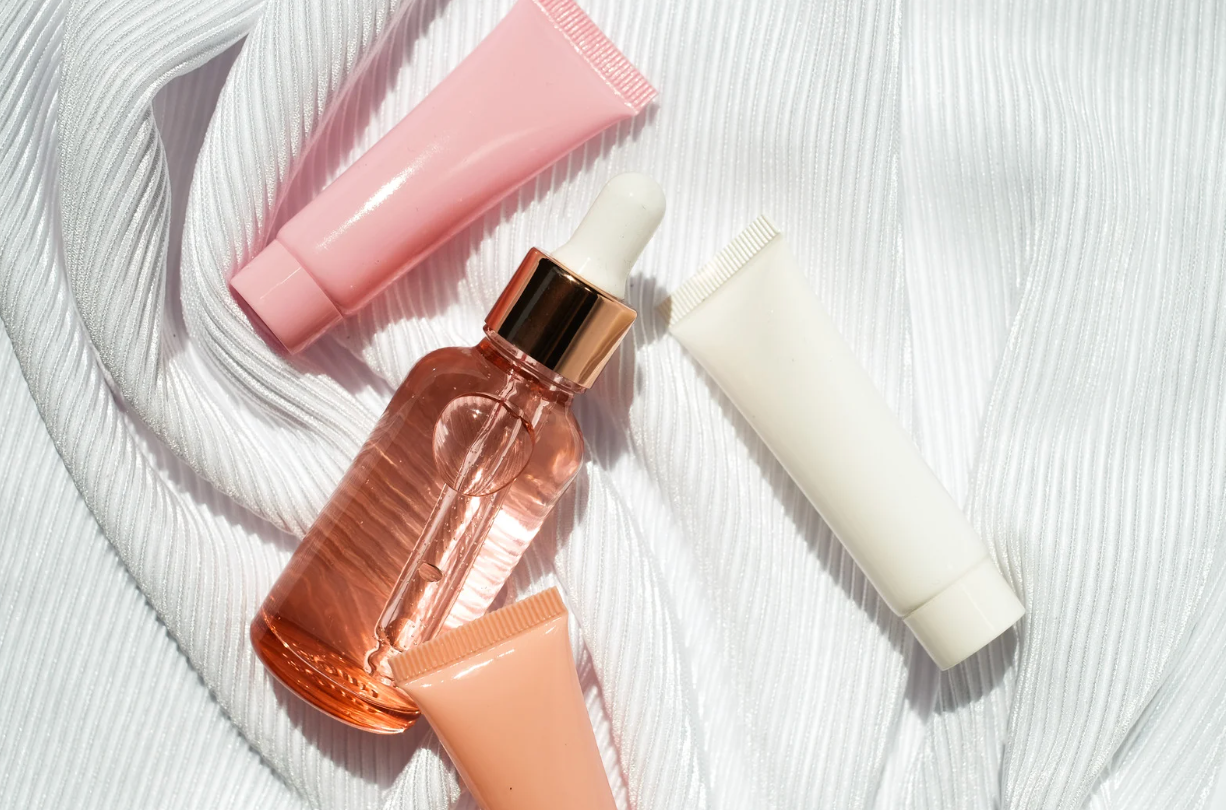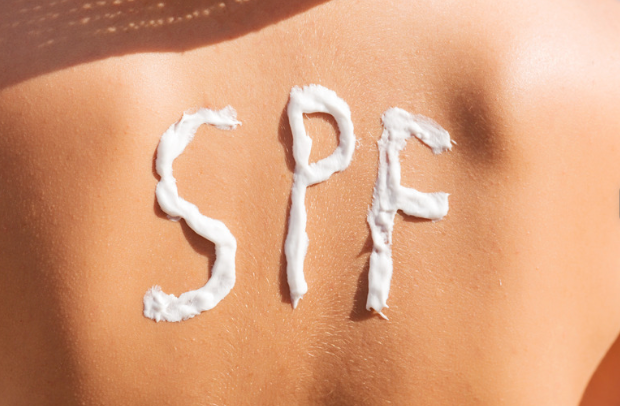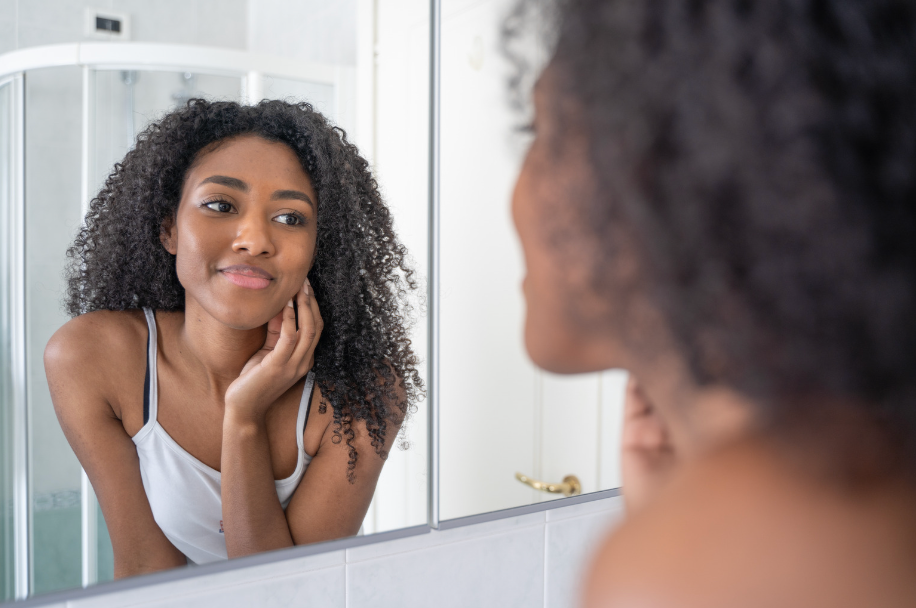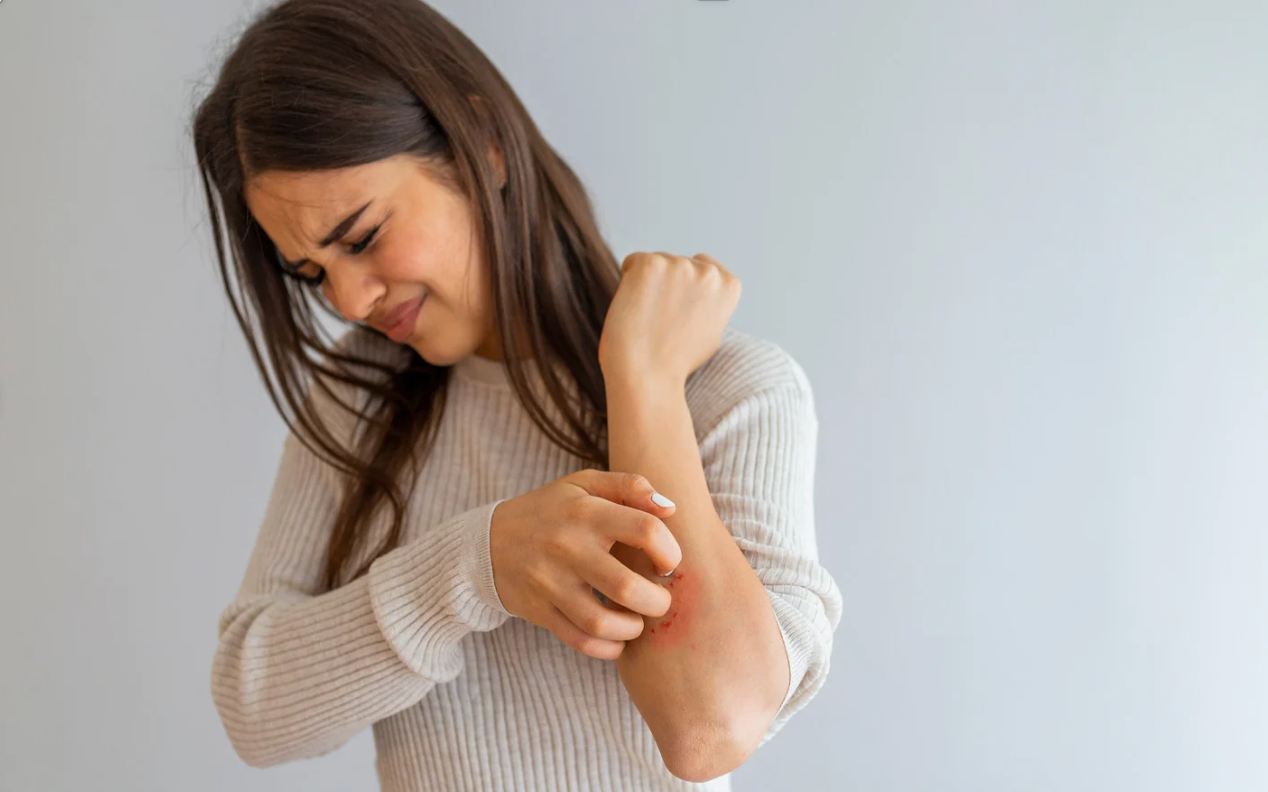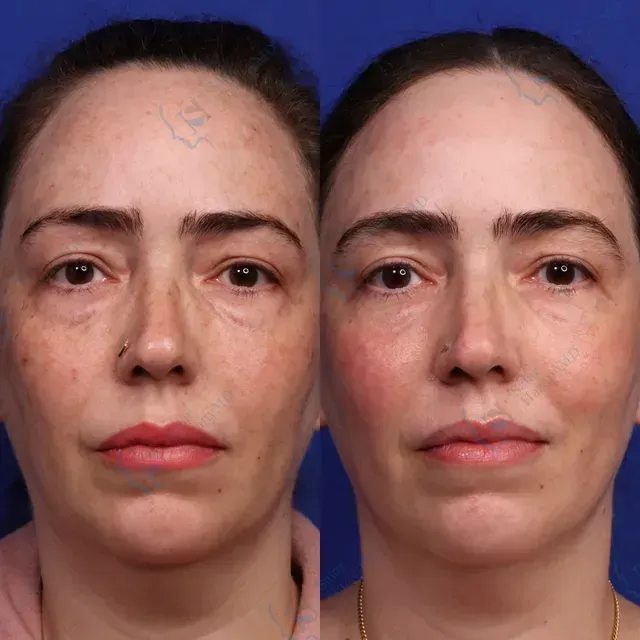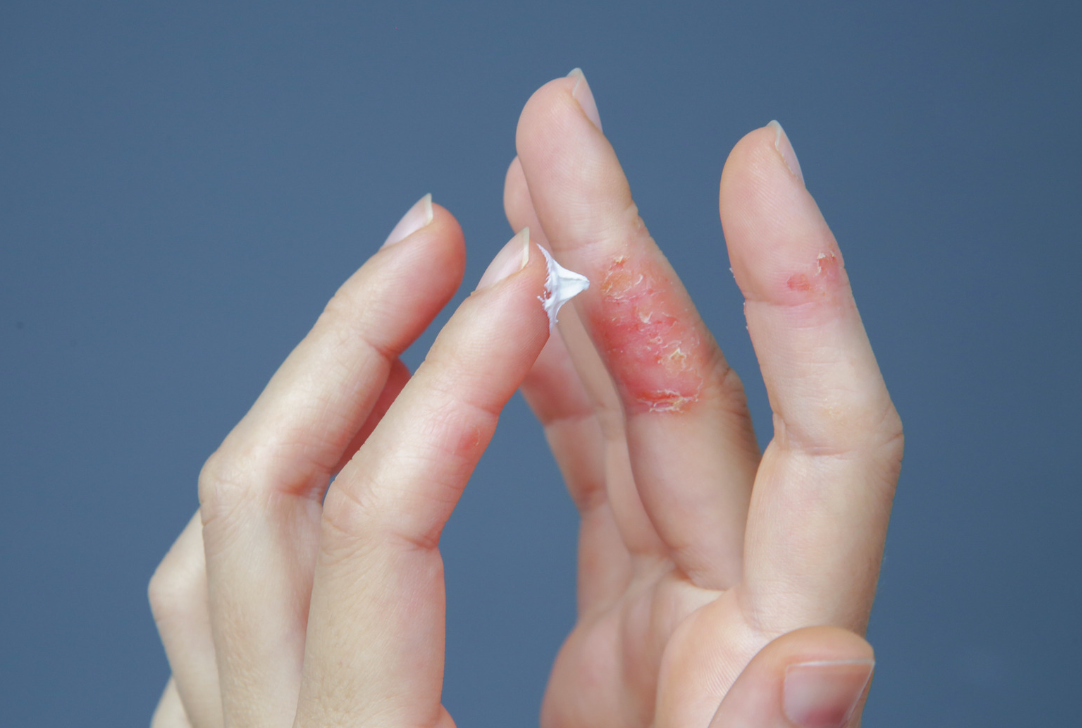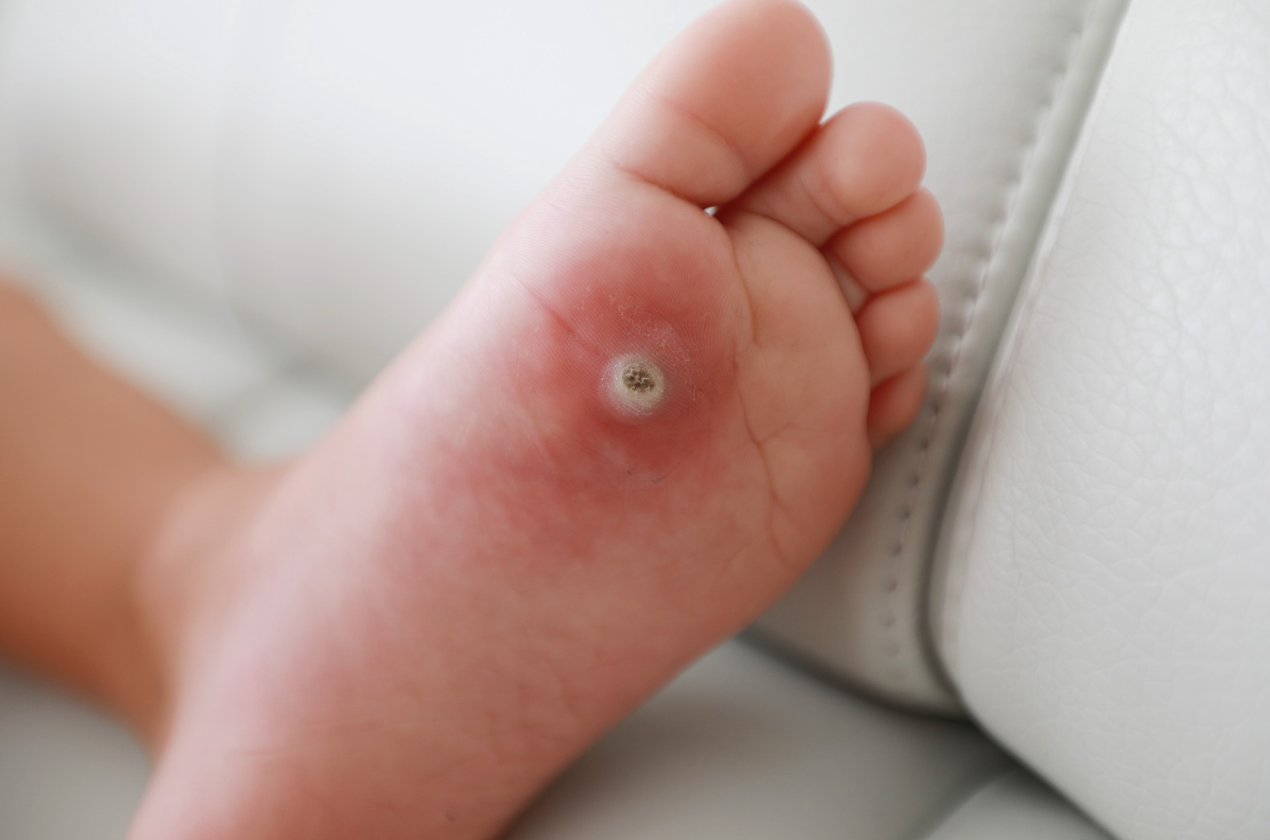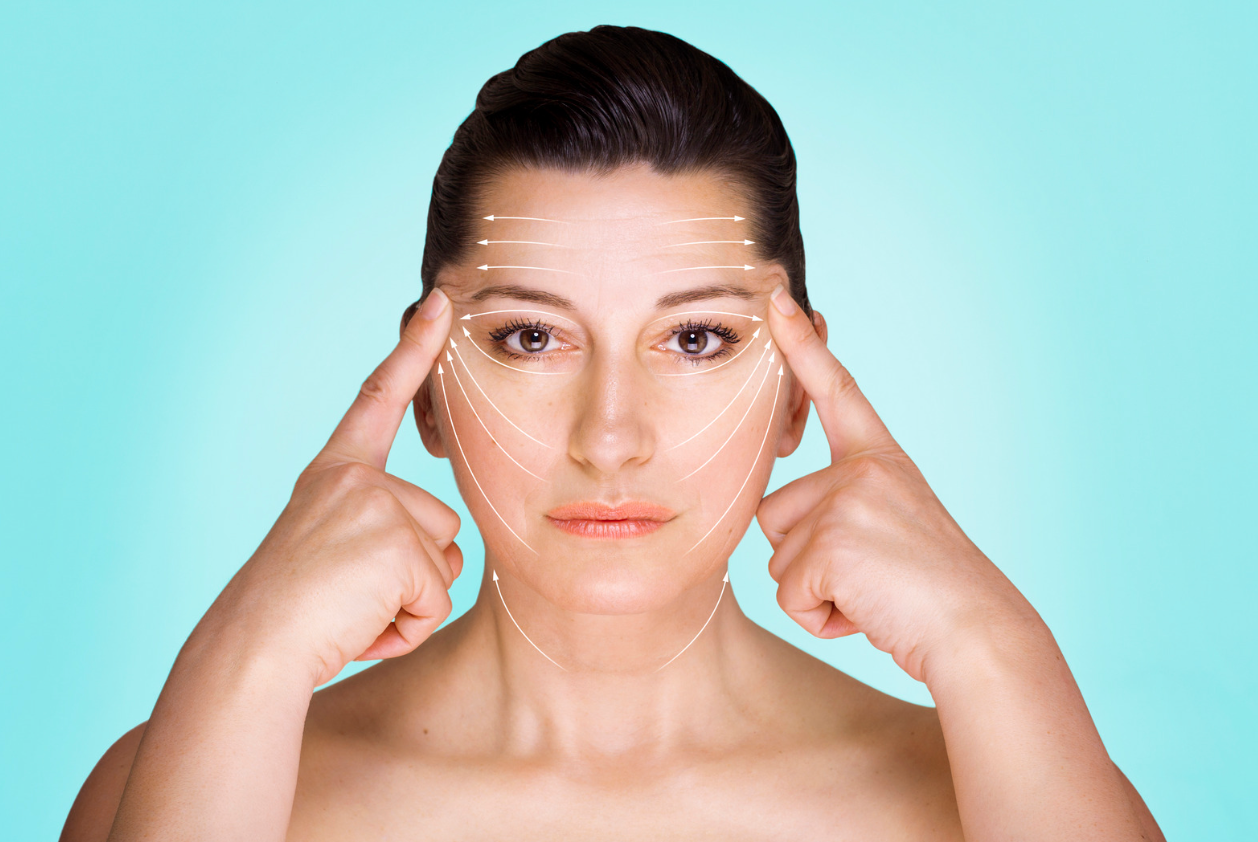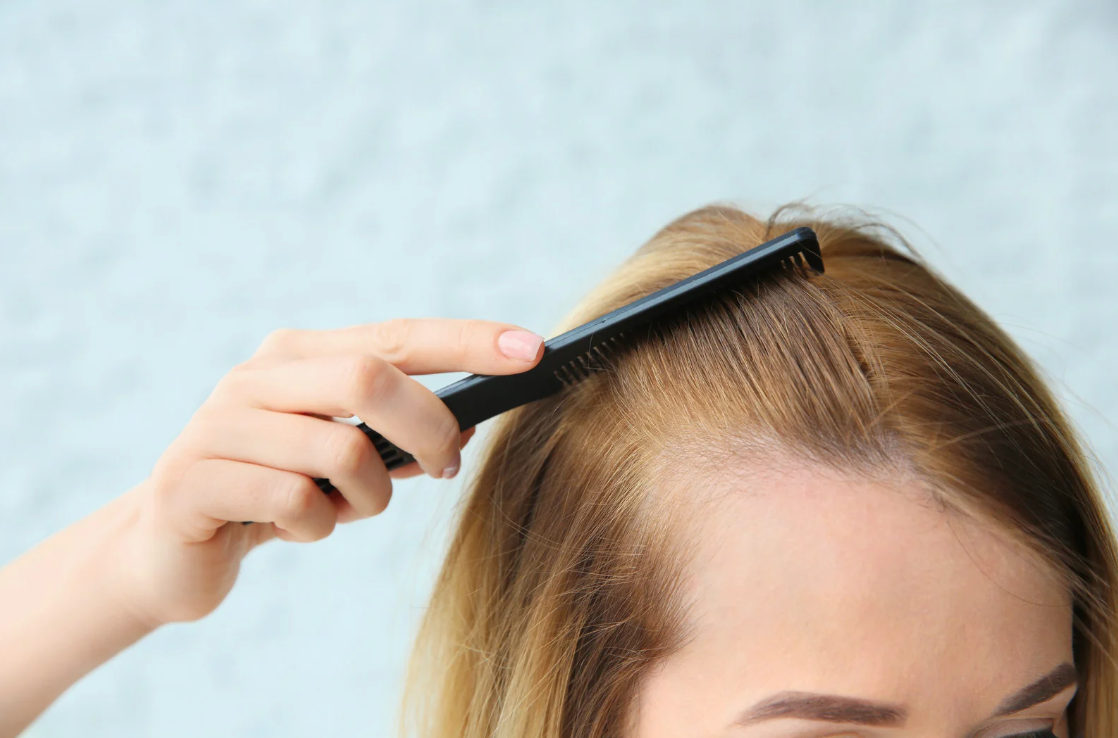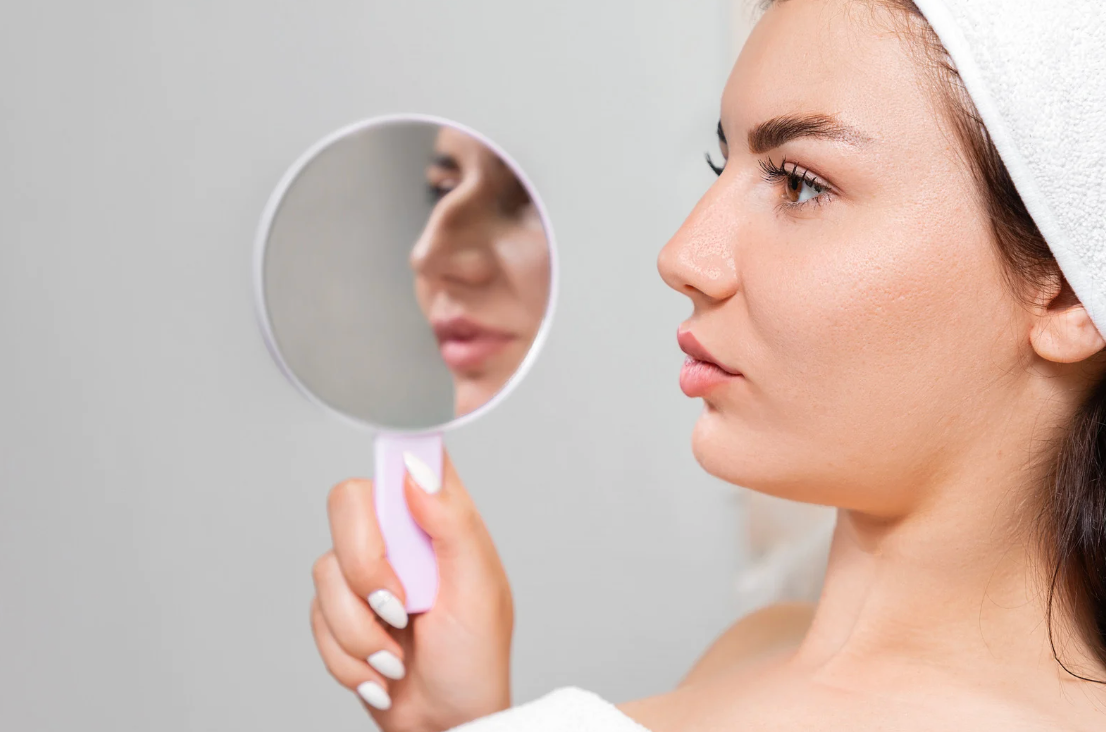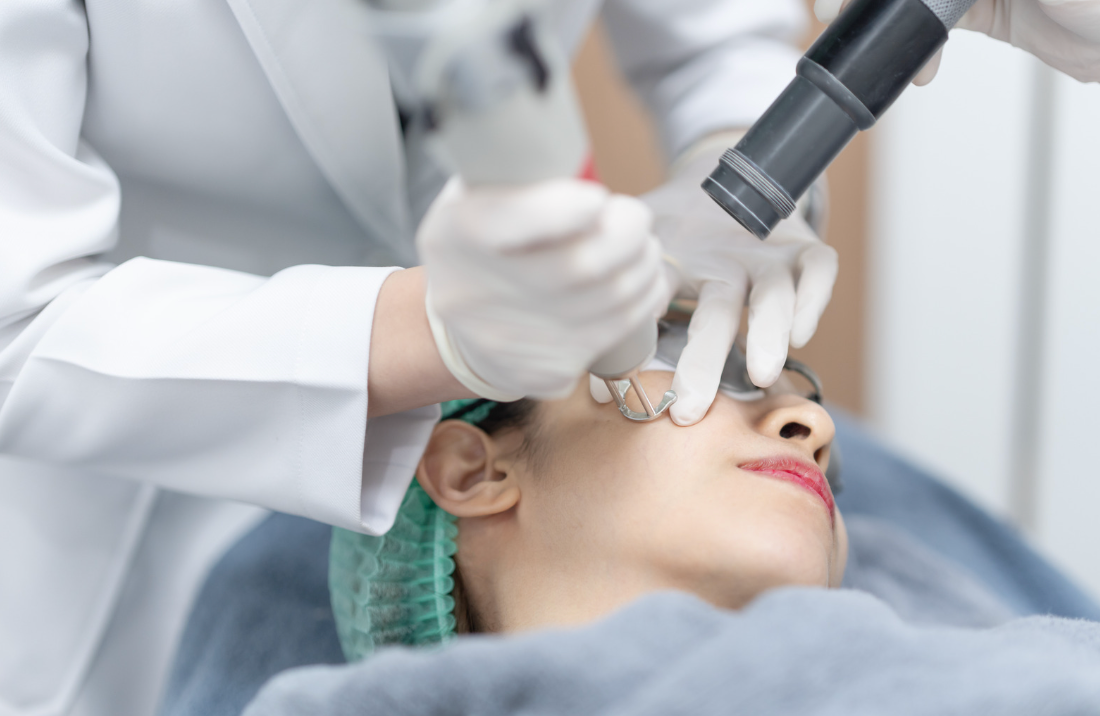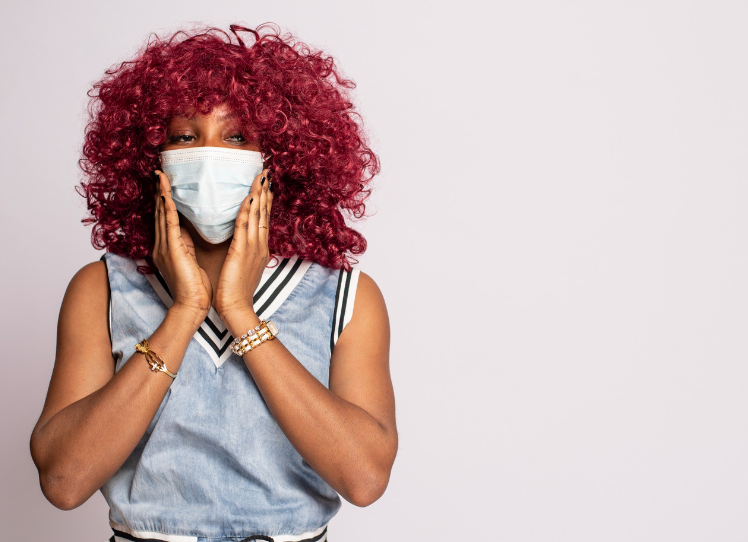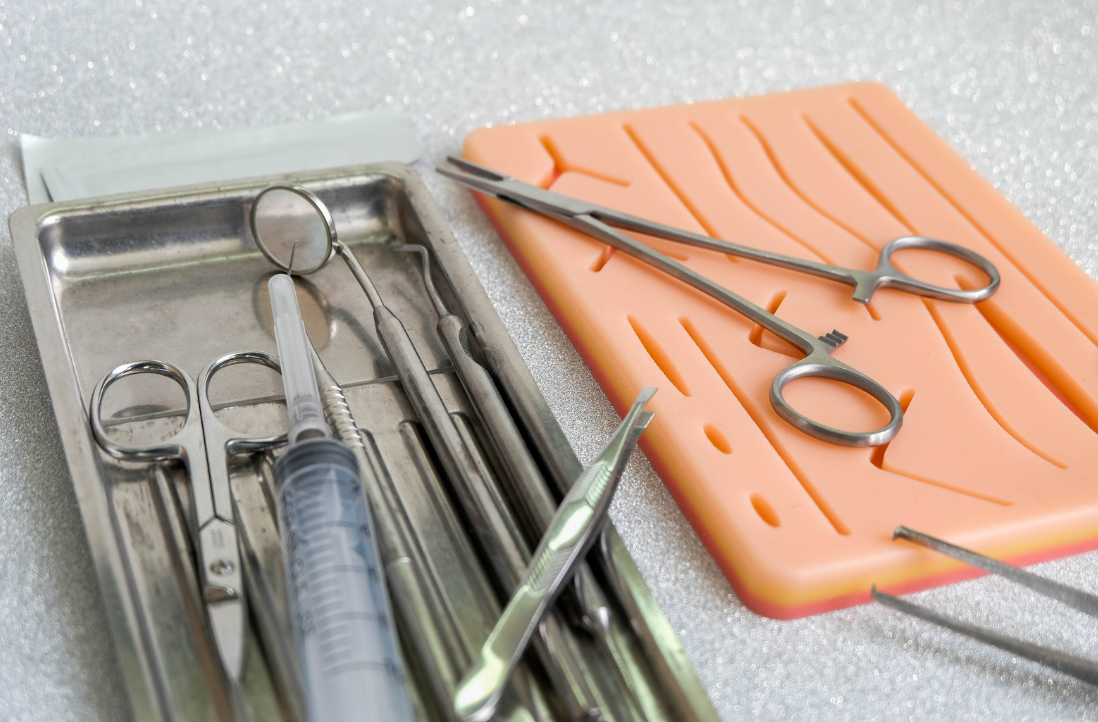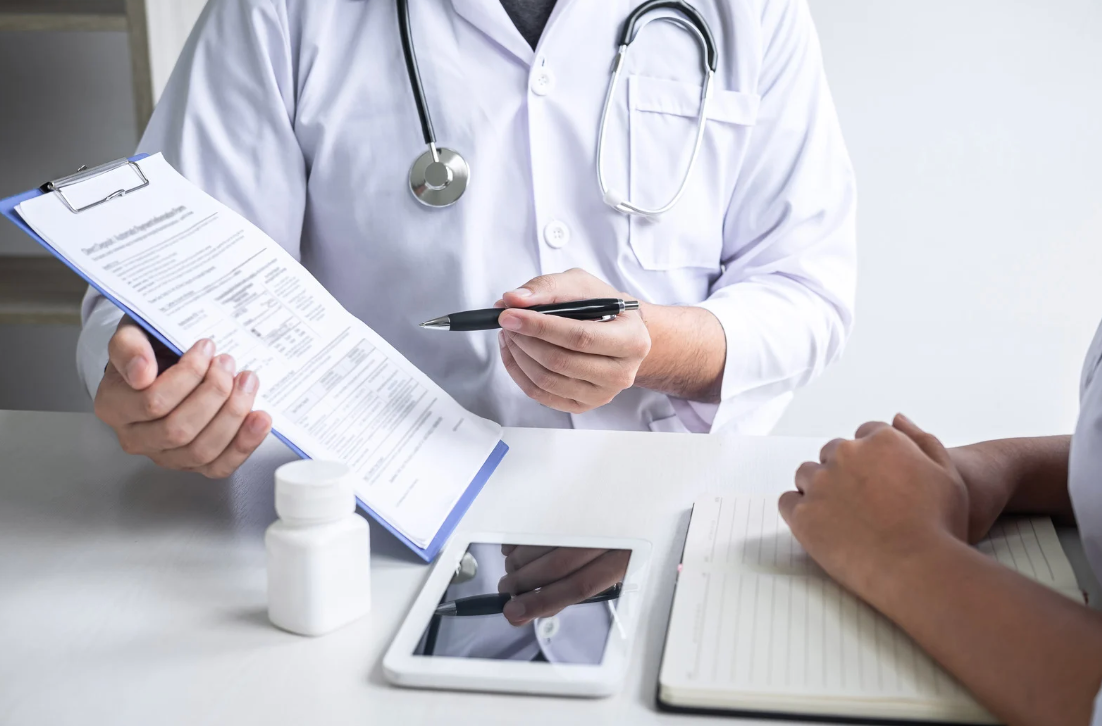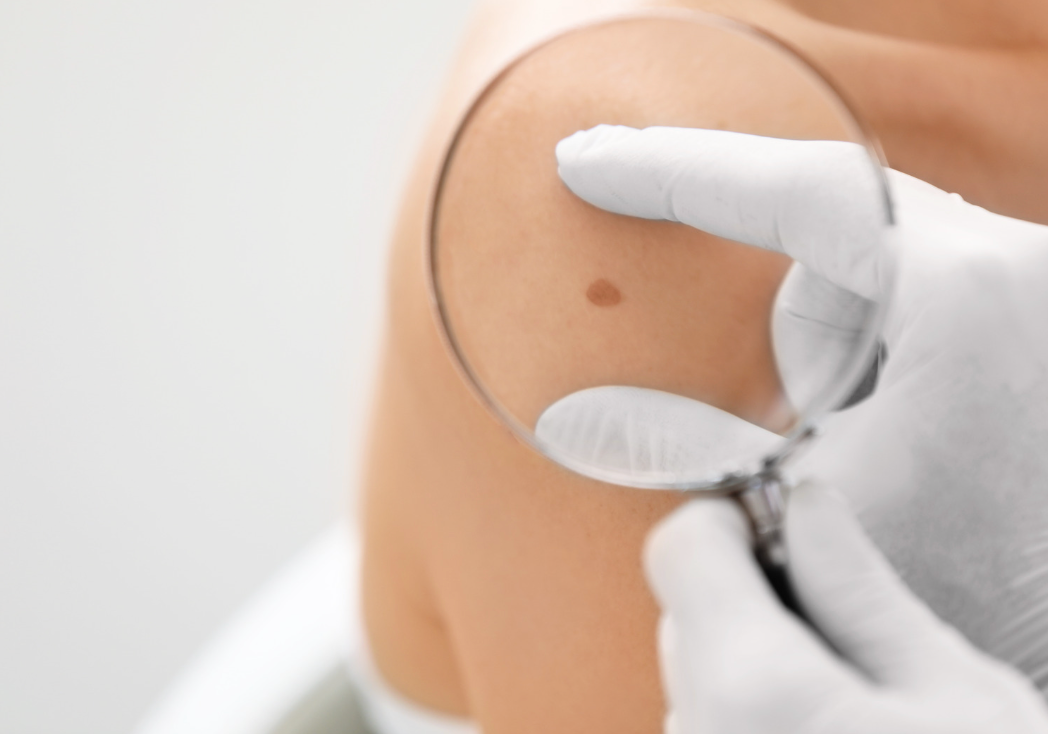How Is Mohs Surgery Different With Dr. Hazany?
World-Renowned Mohs Micrographic Surgeon
What is Mohs surgery?
Mohs surgery is a specialized technique for removing skin cancer that is highly effective at preserving healthy tissue and minimizing scarring. It involves removing thin layers of skin one at a time and immediately examining each layer under a microscope to ensure all cancerous cells have been removed. This process is repeated until no cancer cells are detected.
Mohs surgery can be a scary experience for a lot of skin cancer patients. On top of having to ensure that all skin cancer is removed, the physician must also close the gaping wound in the patient’s skin to preserve function and appearance.
Not all skin cancer surgeons are the same. Mohs surgery can be performed by either a board-certified Mohs surgeon or a team consisting of a regular procedural dermatologist who takes out the skin cancer and a plastic surgeon who repairs the open wound. Having a Mohs surgeon perform the surgery is often better than having two different physicians perform surgery on the same patient. This is because having one physician who knows all the details of your case will naturally lead to better outcomes. Having a second person physician involved to repair your open wound who may not be as concerned about the aesthetic outcome may not be the best idea for you.
Why Dr. Hazany?
Any dermatologist can legally perform Mohs surgery. However, it is in the best interest of patients to seek a practitioner who has specialized training in this technique to get the best possible outcome.
Dr. Hazany is one of few dermatologists who hold dual board certifications in dermatology and Mohs Micrographic Surgery. After completing his general dermatology residency at UCLA, he underwent rigorous Accredited Council for Graduate Medical Education (ACGME) and American College of Mohs Surgery (AMS) training at Weill Cornell Methodist Hospital, where he honed his surgical skills. In addition, he also received training in general surgery and plastic reconstructive surgery.
If you look through his gallery of befores-and-afters of his skin cancer patients, you will notice that they are virtually scarless after their procedures.
How does he do it? It comes down to the tiny details. Dr. Hazany was trained by one of the leading pioneers of Mohs surgery, Dr. Leonard Goldberg, who emphasizes a conservative approach to this procedure. This entails two things:
Taking extra thin slices of skin for histological detection for skin cancer, thereby preserving as much healthy skin as possible.- Placing stitches within and on top of the skin within a strategic pattern to maximize healing and minimize postoperative scarring.
While many patients may think these skills should be a given for Mohs surgeons, the truth is that high patient volume nowadays is a huge barrier to the time, precision, and care required to achieve optimal patient outcomes. Dr. Hazany blocks out time for only two to three patients a day for skin cancer surgery, whereas most doctors may perform over a dozen of these cases every day.
And let’s not forget the ugly truth: Mohs surgeons are not paid by the cosmetic outcome of their procedures. They are paid by the number of stages and extent of reconstruction required to close your wound. This incentivizes quantity over quality. Dr. Hazany takes pride in his perfectionism: he would never sacrifice an ounce of quality to his work for whatever reason.
Where can Mohs surgery be performed?
Mohs surgery is particularly useful for treating skin cancers in sensitive areas of the body, such as the face. In these areas, it is important to minimize tissue damage and reconstruct the affected areas in order to preserve both function and appearance. These areas, including the eyelids, nose, lips, and ears, perform vital sensory functions and require careful treatment to ensure that they continue to function properly. Here is a breakdown of how Mohs surgery will maintain function in these important areas:
Eyelid: After taking out the skin cancer, the physician will likely perform an advancement flap or skin graft to ensure that there is no excessive pulling of the skin. Too much tension can cause the eyelid skin to flip inside out, which can affect normal eye blinking and lubrication.- Nose: Areas around the nasal sidewall and openings are sensitive because even the slightest amount of constriction can affect nasal breathing, a condition called stenosis. In severe cases, cartilage grafts may be needed to maintain its shape. Also, the nose is the central location on the face, which makes it the most cosmetically sensitive area on the face.
- Lips: Lips are important for speech and have special skin that gives them a natural red hue. Reconstructing these areas to maintain symmetry is especially challenging and requires very specific expertise.
- Ears: These are cartilaginous appendages that frequently require skin and cartilage grafts to maintain structural integrity. Extra care must be taken when working with cartilage because there is no natural blood supply to these areas.
Patients are frequently referred to Dr. Hazany to undergo Mohs surgery on these areas, as they are especially challenging to operate on. During your initial consultation, Dr. Hazany will have you animate your face in a variety of different ways to get to know your skin and create a strategy for how to repair your wound during surgery. We must emphasize that Mohs surgery is exploratory in nature: we won’t know how deep to go with your skin until we actually perform the surgery and examine your skin specimen underneath the microscope. Sometimes, the most seemingly tiny skin cancer on your face may actually turn out to have deep roots and tentacles underneath, which will dictate how the reconstruction will be executed.
How long does it take to heal from Mohs surgery?
The downtime for Mohs surgery can range anywhere between 1 to 4 weeks, depending on the extent of your procedure. Many patients are worried about how their surgical site will look in the long-term. We tell patients that it takes up to one whole year for the surgical site to completely resolve. Before him, you may notice that the incision site is raised and red. This is completely normal - as the tissue heals, it will contract and lay flush with the surrounding healthy skin. In the meantime, patients should apply sunscreen and protect the site with silicone sheets to optimize the healing process.
Final words…
All in all, it is important to carefully consider all the risks and benefits of Mohs surgery and to find a physician who is an expert in this type of procedure. At our practice, we pride ourselves on a thorough and meticulous approach to Mohs surgery, which has resulted in minimal scarring for our patients. Also, being in an office that emphasizes quality over quantity will give us plenty of time to get to know each other and your specific goals. We encourage anyone considering Mohs surgery to schedule a consultation with us to see if you are a good candidate!

